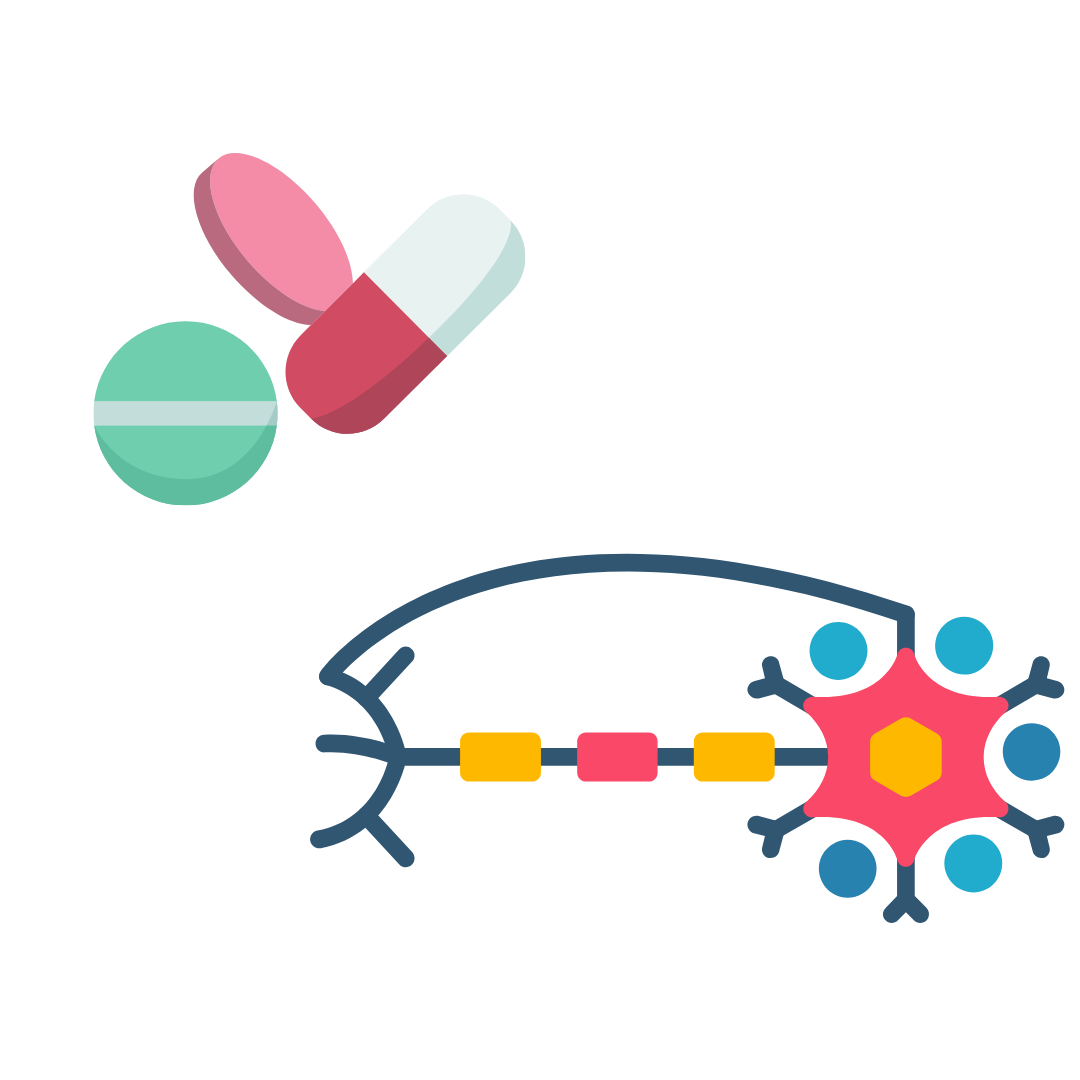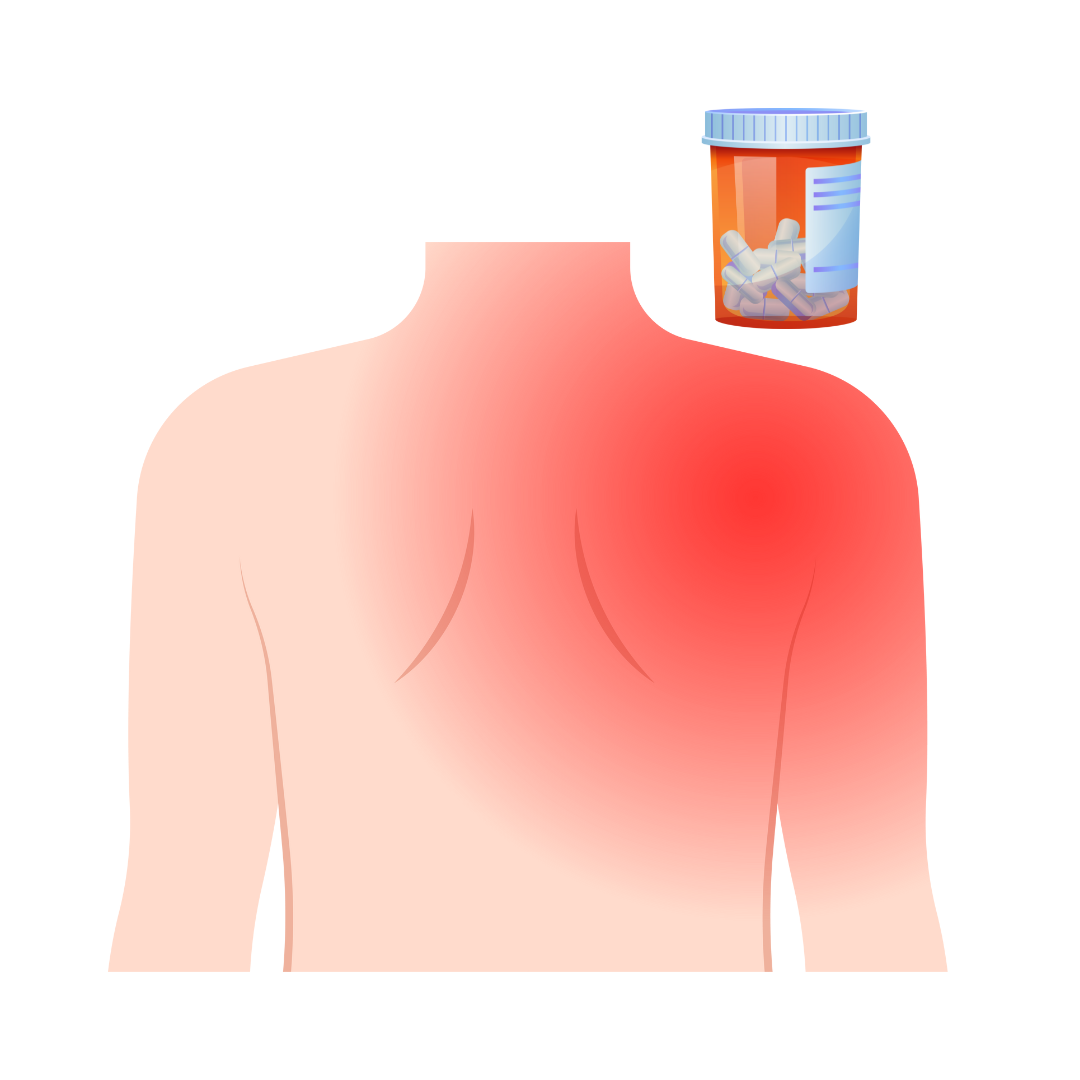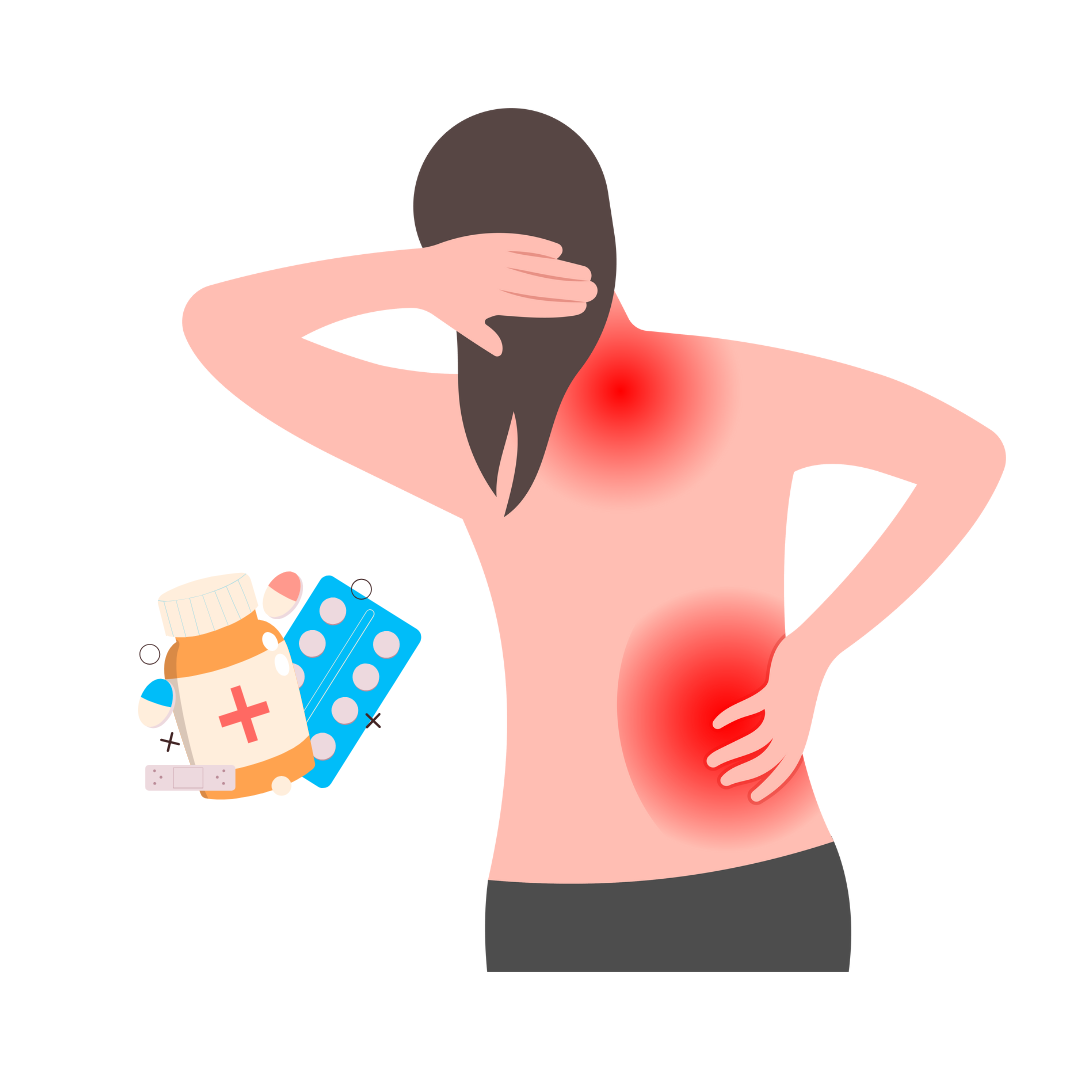Blog

Update: FDA Approves Suzetrigine: A New Non-Opioid Painkiller for Acute Pain Relief
The FDA has approved a new non-opioid pain medication called suzetrigine (Journavx) for adults with moderate-to-severe acute pain. Unlike traditional painkillers, suzetrigine works by blocking a specific pain pathway in the nerves outside the brain, providing relief without the risk of addiction associated with opioids. Clinical trials showed that it effectively reduced pain after surgeries like abdominoplasty (tummy tuck) and bunion removal. Common side effects include itching, muscle spasms, and mild skin reactions. This approval marks an important step in offering safer, effective alternatives for pain management.
Read More
Craniosacral Therapy: A Gentle Approach to Chronic Pain Relief
Craniosacral therapy (CST) is a gentle, hands-on technique designed to relieve tension in the body’s connective tissue, known as fascia. Practitioners use light touch to help promote relaxation, pain relief, and overall well-being. Many people seek CST for conditions like chronic pain, migraines, fibromyalgia, and stress-related tension. While some individuals report feeling immediate relief, others may need multiple sessions to experience the full benefits. Though research on its effectiveness is ongoing, CST is generally considered safe when performed by a trained professional. If you're curious about alternative therapies for pain or relaxation, talking to a healthcare provider can help determine if CST is right for you.
Read More
New Breakthrough in Pain Relief: Targeting Specific Channels for Better Treatment
The article explores new advancements in pain treatment by targeting sodium channels, specifically NaV1.8, which plays a key role in chronic pain. Researchers are developing a next-generation drug, suzetrigine, that selectively targets this channel with high precision, offering hope for better pain relief with fewer side effects. While earlier drugs targeting similar channels faced challenges due to their broad effects on the body, suzetrigine, and other NaV1.8 inhibitors show promise for treating conditions like neuropathy. The article also discusses how targeting NaV1.8 could lead to more effective pain relief, potentially offering an alternative to opioids, while acknowledging that pain is complex, and further research is needed to address different types of pain.
Read More
Can Antidepressants Help Ease Fibromyalgia Pain?
For people with fibromyalgia, antidepressants can be an effective treatment option to help reduce pain. Studies show that medications like duloxetine and mirtazapine lead to a meaningful pain reduction in about 50% of patients, with a 30% decrease in pain over several weeks. While duloxetine is often more effective at higher doses, it may cause side effects such as nausea and headaches in some people. Mirtazapine, on the other hand, can also reduce pain but may cause sleepiness and weight gain. SSRIs, like fluoxetine, can help some patients, but their pain-relieving effects are generally more modest. On the whole, antidepressants can be a helpful tool in managing fibromyalgia pain, though their effectiveness can vary from person to person. It's important to work with a healthcare provider to find the right treatment and manage any potential side effects.
Read More
Can Gabapentinoids Help Relieve Fibromyalgia Pain?
Gabapentinoids, such as pregabalin and gabapentin, are medications sometimes used to help manage the chronic pain of fibromyalgia. Research shows that about 40% of people taking pregabalin at effective doses (300-600 mg daily) experience significant pain relief, compared to about 30% with a placebo. However, side effects like dizziness and swelling are common, and up to 30% of people may stop taking it due to these issues. Gabapentin, while less studied, appears to provide similar benefits, with about 50% of patients reporting pain relief. Both medications may be helpful for some individuals, especially when first-line treatments haven’t worked, but they should be used carefully and under a doctor’s supervision, as higher doses can increase the risk of side effects.
Read More